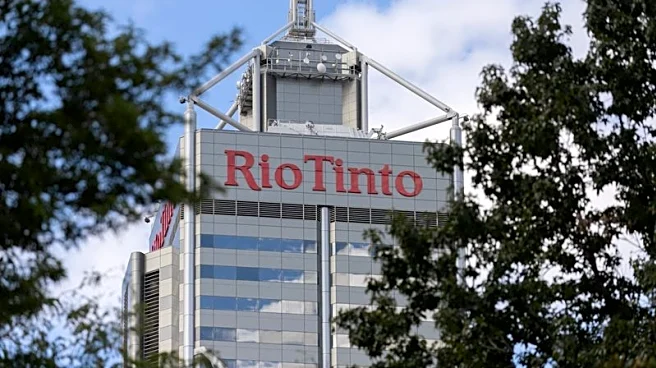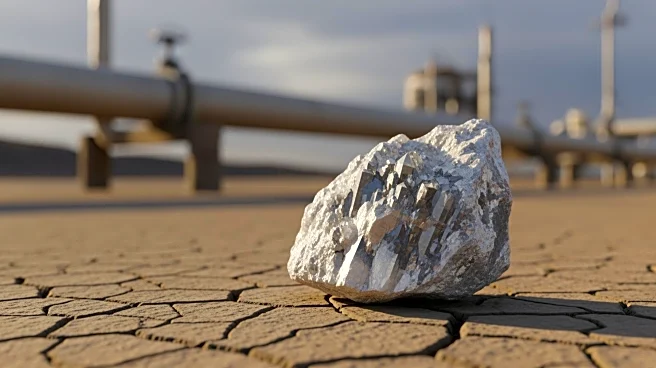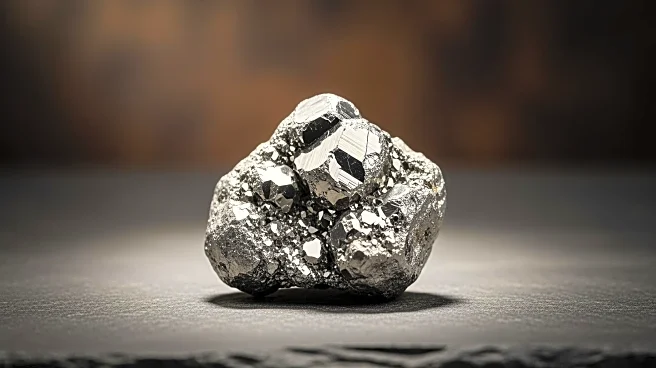What's Happening?
Rio Tinto has announced a 40% reduction in production at its Yarwun alumina refinery in Queensland, Australia, starting next October. This decision aims to prolong the facility's operational life until 2035 by decreasing waste production. The current
waste facilities are projected to reach capacity by 2031, and the reduction will provide additional time to develop solutions for extending the refinery's life. The restructuring, initiated by CEO Simon Trott, focuses on concentrating efforts on profitable assets amid challenges such as high power and labor costs and low alumina prices.
Why It's Important?
The reduction in production at Yarwun reflects broader challenges in the Australian metals processing sector, including high operational costs and low commodity prices. By extending the plant's life, Rio Tinto aims to maintain its presence in the region while addressing economic pressures. This move may influence alumina supply dynamics, potentially supporting prices by reducing supply from the ex-China market. The decision also highlights the importance of strategic asset management in the face of fluctuating market conditions.
What's Next?
Rio Tinto plans to redeploy affected personnel to other locations within Gladstone, minimizing the impact on its workforce. The company will continue to explore technical solutions to further extend the refinery's life beyond 2035. Additionally, Rio Tinto faces decisions regarding surplus bauxite production, which could involve selling excess material or scaling back output at the Weipa mine.
Beyond the Headlines
The decision to reduce production at Yarwun may have implications for regional economic development and employment. As Rio Tinto navigates challenges in the metals processing sector, its strategies could influence industry standards and practices. The focus on extending plant life rather than investing in new facilities reflects a cautious approach to capital expenditure amid uncertain market conditions.















